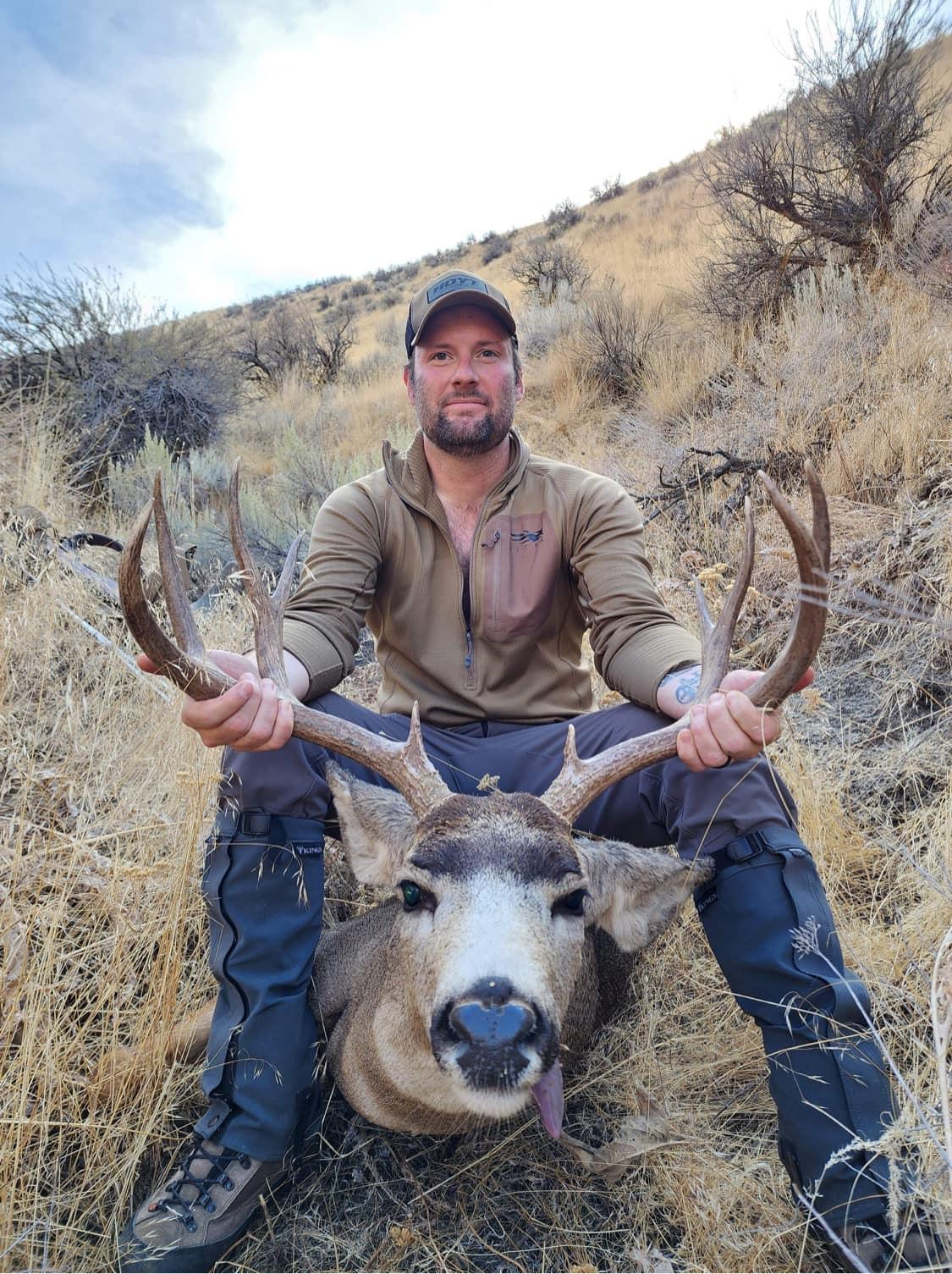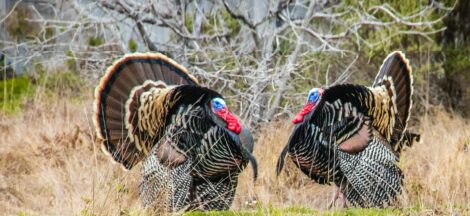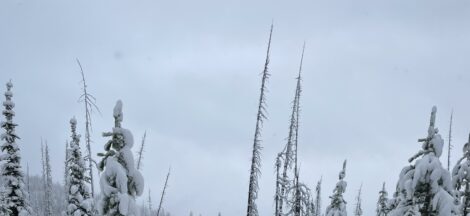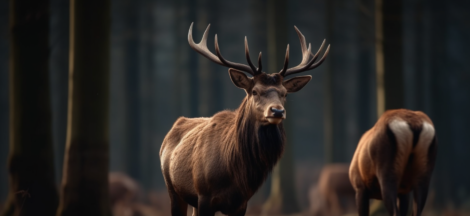The Ultimate Beginner’s Guide to Deer Hunting
As a seasoned hunter, I can still remember my first experience with deer hunting. The crisp, cool air, the sound of leaves crunching beneath my boots, and the excitement of spotting my first deer through the scope of my rifle. If you’re new to the world of deer hunting, welcome to an incredible adventure! In this ultimate beginner’s guide, I’ll share tips, insights, and personal anecdotes to help make your first deer hunting experience as smooth and successful as possible.
Table of Contents
- 1. Choosing the Right Gear
- 2. Scouting and Deer Behavior
- 3. Selecting the Perfect Hunting Spot
- 4. Shooting Techniques and Safety
- 5. Tracking and Field Dressing
- 6. Ethical Hunting and Conservation
- 7. Final Thoughts
1. Choosing the Right Gear
First things first, you’ll need to gear up for your deer hunting adventure. Here’s a list of essential items to have in your arsenal:
- Firearm or Bow: Choose a weapon that suits your skill level and hunting style. Rifles are a popular choice for beginners, but bows provide a more challenging and rewarding experience.
- Ammunition or Arrows: Stock up on quality ammunition or arrows for your chosen weapon.
- Camo Clothing: Blend in with your surroundings by wearing camouflage clothing, gloves, and a face mask.
- Boots: Invest in a comfortable pair of waterproof hunting boots.
- Binoculars: High-quality binoculars will help you spot deer from a distance.
- Hunting Pack: Carry all your gear in a durable, well-organized hunting backpack.
- Knife: A sharp, reliable knife is essential for field dressing your deer.
- License and Tags: Make sure you have the necessary permits and tags for your hunting area.
2. Scouting and Deer Behavior
Understanding deer behavior and patterns will increase your odds of success. Spend time scouting your hunting area before the season starts to familiarize yourself with the terrain and deer movement. Here are some tips for effective scouting:
- Look for signs of deer activity such as tracks, droppings, and rubs on trees.
- Pay attention to food sources like agricultural fields, acorn-producing trees, and natural browse.
- Identify bedding areas and travel corridors between feeding and bedding locations.
- Keep track of your findings on a map or hunting app.
- Consider using trail cameras to monitor deer movement and patterns.
Remember, deer are most active during dawn and dusk, so plan your scouting and hunting trips accordingly.
3. Selecting the Perfect Hunting Spot
Now that you’ve scouted the area and have a better understanding of deer behavior, it’s time to choose a spot for your hunt. Here are some factors to consider when selecting the perfect hunting location:
- Wind direction: Deer have an excellent sense of smell. Position yourself downwind from their expected travel routes to avoid detection.
- Cover: Choose a spot with enough natural cover to conceal your presence while still providing a clear line of sight to shoot.
- Accessibility: Your hunting spot should be accessible without disturbing deer activity. A quiet approach is crucial.
- Elevation: Opt for a higher vantage point, like a hill or ridge, to improve visibility and increase your shooting range.
4. Shooting Techniques and Safety
Before you head out for your first deer hunt, it’s essential to practice your shooting skills and understand basic firearm safety. Here are some tips to keep in mind:
- Practice: Spend time at the range honing your shooting skills. Aim for accuracy and consistency.
- Breathing: Control your breathing while shooting to improve stability and accuracy. Take a deep breath, exhale halfway, and hold your breath while pulling the trigger.
- Trigger control: Squeeze the trigger slowly and steadily to avoid jerking the shot.
- Safety first: Always treat your firearm as if it’s loaded, never point it at anything you don’t intend to shoot, and keep your finger off the trigger until you’re ready to fire.
- Know your target: Be certain of your target and what’s beyond it before taking a shot. A well-placed shot minimizes the chance of wounding a deer and ensures a quick, ethical kill.
5. Tracking and Field Dressing
Once you’ve taken a shot, the real work begins. Tracking and field dressing your deer are essential skills to master. Here’s what to do after you’ve pulled the trigger:
- Wait: Give the deer time to expire before tracking. Waiting 30 minutes to an hour is generally recommended, depending on the shot placement.
- Track: Look for blood, tracks, and disturbed vegetation to follow the deer’s path. Mark the blood trail with biodegradable tape or flagging for easier tracking.
- Field dress: Once you’ve located the deer, field dress it as soon as possible to preserve the meat. Make a shallow cut from the base of the ribcage to the anus, being careful not to puncture the stomach or intestines. Remove the internal organs and dispose of them responsibly.
- Cool the meat: Hang the deer or prop it open to allow air circulation and cool the meat quickly.
- Transport: When transporting your deer, cover it with a tarp or game bag to keep it clean and protected. Attach your tag to the deer as required by local regulations.
6. Ethical Hunting and Conservation
As a hunter, it’s crucial to practice ethical hunting and contribute to conservation efforts. Here’s how you can hunt responsibly and promote the well-being of the deer population:
- Take ethical shots: Only take shots you’re confident will result in a quick, humane kill. Avoid taking long-range or low-percentage shots that may wound the animal.
- Follow regulations: Abide by all hunting laws, regulations, and bag limits in your area. These rules are designed to ensure sustainable hunting and protect the deer population.
- Respect private property: Always obtain permission before hunting on private land, and respect the landowner’s wishes and guidelines.
- Report poaching: If you witness or suspect illegal hunting activity, report it to local authorities or game wardens to help protect the deer population.
- Support conservation efforts: Contribute to organizations and initiatives that promote wildlife conservation and habitat restoration, such as the Quality Deer Management Association (QDMA) or the National Wild Turkey Federation (NWTF).
7. Final Thoughts
Embarking on your first deer hunting adventure can be both thrilling and challenging. With the right gear, knowledge of deer behavior, and a commitment to ethical hunting practices, you’ll be well on your way to a successful and rewarding experience. Remember to be patient, stay safe, and above all, enjoy the great outdoors and the camaraderie that comes with being part of the hunting community. Happy hunting!




